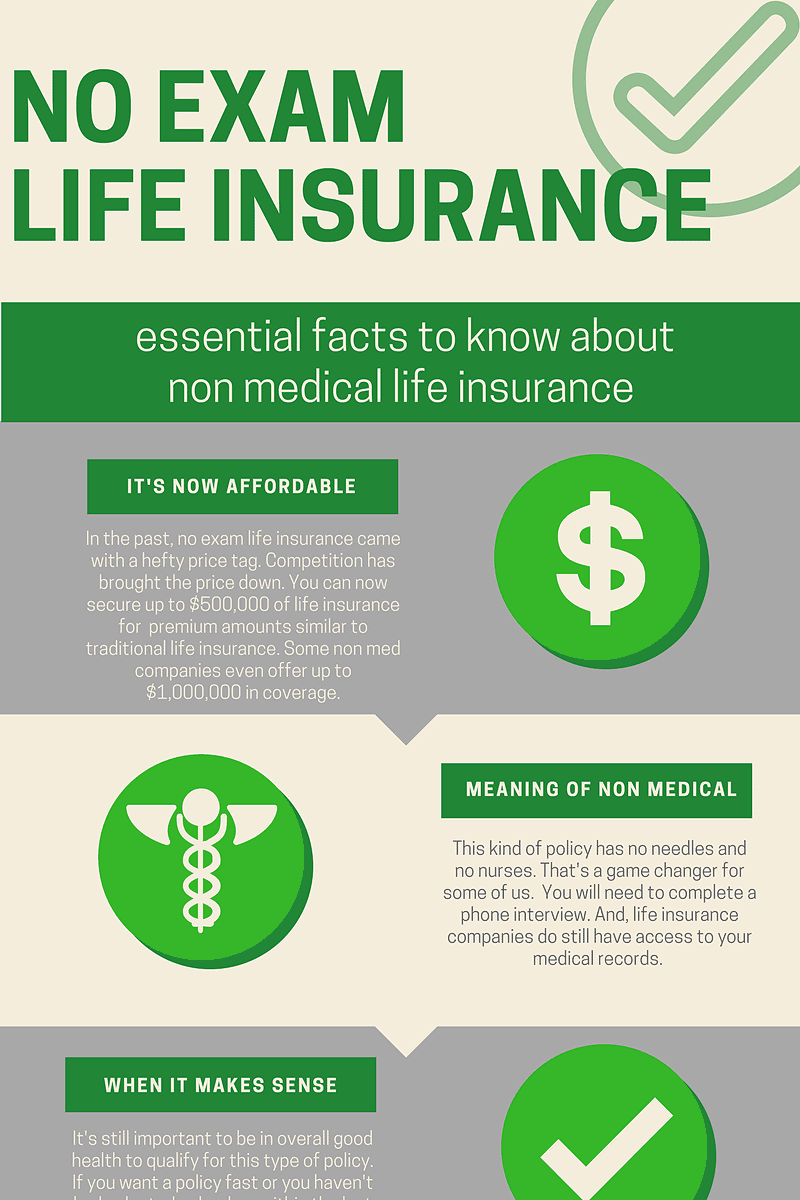Negligence in Car Accidents
Picture this: you’re driving down the road, minding your own business, when out of nowhere, another car plows into you. You’re injured, your car is totaled, and you’re left wondering who’s going to pay for this colossal mess. Enter negligence, the legal concept that can help determine who’s on the hook for damages. If the other driver was careless or reckless and their actions caused the accident, they may be found negligent, and you could be entitled to compensation.
Who Can Be Held Negligent?
In a car accident, there are a number of parties who could potentially be held negligent. The most common is the driver, but passengers, pedestrians, bicyclists, and even government agencies can also be found liable. To determine negligence, the court will consider whether the person acted reasonably under the circumstances. They’ll ask questions like: Did they obey traffic laws? Were they distracted or impaired? Could they have avoided the accident if they’d been paying attention? If the answer to any of these questions is “no,” the person may be found negligent.
What Are the Consequences of Negligence?
If you’re found negligent in a car accident, you could be held liable for damages. This could include medical bills, property damage, lost wages, and even pain and suffering. The amount of damages you’re responsible for will depend on the severity of the accident and the extent of your negligence. In some cases, you may be held fully liable for the damages, while in other cases, you may only be partially liable.
How Can You Prove Negligence?
If you’re involved in a car accident, it’s important to gather evidence to prove negligence. This could include:
- Police report
- Witness statements
- Photos of the accident scene
- Medical records
- Insurance information
The more evidence you have, the stronger your case will be. If you’re unsure how to prove negligence, you should consult with an attorney.
Negligence in Car Accidents: Understanding the Basics
Driving can be dangerous, and everyone has a responsibility to be careful behind the wheel. But when someone fails to live up to that duty of care and causes an accident, they can be held liable for their negligence.
Understanding the legal concept of negligence is crucial for anyone who has been injured in a car accident due to another person’s reckless behavior. You must show that the at-fault party’s conduct fell below the standard of care expected of a reasonable person in the same situation.
If you can prove negligence, you may be entitled to compensation for your injuries, lost wages, pain, and suffering. An experienced personal injury attorney can guide you through the legal process and help you get the justice you deserve.
Elements of Negligence
To establish negligence in a court of law, you must prove four essential elements.
1. Duty of Care
This means that the person or entity being sued had a legal obligation to act in a reasonable and prudent manner in the circumstances that caused the accident.
2. Breach of Duty
The defendant breached their duty of care by failing to act as a reasonable person would have under similar circumstances. This could involve violating traffic laws, driving while intoxicated, or failing to maintain their vehicle properly.
3. Causation
It must be proven that the defendant’s breach of duty directly caused the accident and your injuries. Would the accident have happened if the defendant hadn’t been negligent? If the answer is no, then you may have a case for negligence.
4. Damages
You must have suffered actual harm, such as physical injuries, property damage, or financial losses. The extent of your damages will impact how much compensation you’re entitled to.
Negligence in Car Accidents: A Primer
Car accidents are a leading cause of injury and death in the United States. In 2020 alone, over 42,000 people were killed in motor vehicle crashes. Negligence is a major factor in many of these accidents. Negligence occurs when a person breaches their duty of care, which is to act in a reasonably careful manner to avoid causing harm to others. In the context of car accidents, negligence can take many forms, such as driving under the influence of alcohol or drugs, speeding, or failing to yield the right of way.
Duty of Care
All drivers have a duty of care to other drivers, passengers, pedestrians, and cyclists. This duty of care requires drivers to operate their vehicles in a safe and prudent manner. This means that drivers must obey the rules of the road, be aware of their surroundings, and take reasonable steps to avoid causing harm to others. For example, a driver may be negligent if they fail to stop at a stop sign or if they drive at an excessive speed in a residential area.
Breach of Duty
In order to prove negligence in a car accident case, the plaintiff must show that the defendant breached their duty of care. This means that the plaintiff must show that the defendant failed to act in a reasonably careful manner. In some cases, it may be clear that the defendant breached their duty of care. For example, if the defendant was driving under the influence of alcohol or drugs, they would likely be found to have breached their duty of care. In other cases, it may be less clear whether the defendant breached their duty of care. For example, if the defendant was speeding, the plaintiff would need to show that the defendant was driving at an excessive speed for the conditions.
Causation
Even if the plaintiff can show that the defendant breached their duty of care, the plaintiff must also show that the defendant’s negligence caused the accident. This means that the plaintiff must show that the defendant’s negligence was a substantial factor in causing the accident. In some cases, it may be clear that the defendant’s negligence caused the accident. For example, if the defendant ran a red light and hit another car, it would likely be found that the defendant’s negligence caused the accident. In other cases, it may be less clear whether the defendant’s negligence caused the accident. For example, if the defendant was speeding and another car pulled out in front of them, it may be less clear whether the defendant’s negligence caused the accident.
Damages
If the plaintiff can prove that the defendant was negligent and that their negligence caused the accident, the plaintiff may be entitled to damages. Damages are a monetary award that is designed to compensate the plaintiff for their losses. The amount of damages that the plaintiff may be entitled to will vary depending on the severity of their injuries and the extent of their losses. In some cases, the plaintiff may be entitled to damages for medical expenses, lost wages, pain and suffering, and emotional distress.
Negligence in Car Accidents: A Legal Breakdown
Negligence, a pivotal term in car accident law, refers to the legal fault or carelessness of a driver. When a driver’s actions fall short of what a “reasonable person” would do in similar circumstances, it constitutes negligence. Breaching this duty of care can lead to legal liability for any resulting injuries or damages.
Breach of Duty
A breach of duty is the cornerstone of negligence claims in car accidents. Here are some common examples that constitute a breach of duty:
- Speeding: Exceeding the legal or prudent speed limit increases the risk of an accident.
- Running red lights: Disregarding traffic signals is a serious breach of duty that can have catastrophic consequences.
- Driving under the influence: Intoxication impairs judgment, reaction time, and coordination, significantly increasing the risk of a crash.
- Failing to yield the right-of-way: Yielding precedence to others, especially at intersections, is crucial for preventing collisions.
Causation
Establishing causation is another crucial element in negligence cases. The injured party must prove that the defendant’s breach of duty directly and proximately caused their injuries and damages. This means that the accident would not have occurred but for the defendant’s negligence.
Damages
If negligence and causation are established, the injured party can seek compensation for their damages. These damages can include medical expenses, lost wages, pain and suffering, and property damage. In some cases, punitive damages may also be awarded to punish the defendant for particularly egregious negligence.
Defenses to Negligence
Defenses to negligence are legal arguments or strategies employed by defendants to avoid liability. Some common defenses include:
- Contributory negligence: Blaming the injured party for their own negligence, arguing that their actions contributed to the accident.
- Comparative negligence: Comparing the negligence of both drivers to determine the percentage of fault attributable to each party. This can reduce the amount of damages the injured party can recover.
- Assumption of risk: Arguing that the injured party knew and voluntarily assumed the risk of an accident by engaging in a dangerous activity.
Conclusion
Negligence plays a central role in determining legal liability in car accidents. Drivers have a duty to exercise reasonable care to prevent harm to others. Breaching this duty through actions such as speeding or running red lights can result in serious consequences. Proving negligence, causation, and damages is essential for successful personal injury claims. However, defendants may raise defenses to avoid liability, making it crucial for injured parties to seek legal counsel to protect their rights.
Unfortunately, roughly 5 million car accidents occur on U.S. roads every year, and not every driver maintains their composure behind the wheel. Negligence plays a key role in many of these incidents, which often result in life-altering injuries or financial setbacks. If you or someone you love has been impacted by a careless driver, understanding the concept of negligence can help strengthen your claim for compensation.
Causation
Causation, or proximate cause, establishes the direct link between the defendant’s negligence and the resulting injuries or damages. This element requires the plaintiff to demonstrate, not merely speculate, that the defendant’s actions were the primary reason for their losses. The “but for” test is often used to assess causation. If the injury wouldn’t have happened “but for” the defendant’s negligence, causation is established.
For instance, if a driver runs a red light and causes a collision, the accident would not have occurred if not for the driver’s reckless behavior. Causation can be complex, particularly in cases involving multiple contributing factors. Legal professionals can assist in carefully examining the circumstances to determine the extent to which negligence played a role.
Causation extends beyond the initial impact. It encompasses all direct consequences of the accident. For example, if a victim suffers a broken leg in a car accident, the inability to work and the subsequent loss of income are considered damages resulting from the defendant’s negligence.
Exceptions to the causation requirement exist. Some jurisdictions recognize the “eggshell plaintiff” rule, where a defendant is liable for damages despite a victim’s preexisting condition that made them more susceptible to severe injuries. Additionally, the “last clear chance” doctrine may shift liability to a party who had the opportunity to prevent an accident but failed to do so.
Establishing causation in a negligence case is crucial for securing compensation. An experienced attorney can skillfully navigate the complexities of causation and present a compelling case that demonstrates the direct link between the defendant’s negligence and the victim’s losses.
Negligence in Car Accidents: Proving Fault and Seeking Compensation
Car accidents can leave victims injured, traumatized, and facing significant financial burdens. In such cases, determining negligence is crucial for seeking compensation. Negligence arises when an individual breaches their duty of care, causing harm to others. To prove negligence, one must establish the duty of care, the breach of that duty, the causation of the harm, and the resulting damages.
Damages: The Consequences of Negligence
Damages are the losses or injuries suffered by a victim as a result of another’s negligence. These damages can be classified into three categories: compensatory, punitive, and nominal, and are used to make victims whole again. Compensatory damages aim to compensate victims for their actual losses, such as medical expenses, lost wages, and property damage. Punitive damages, on the other hand, are awarded to punish the negligent party and deter future misconduct. Nominal damages are awarded when a breach of duty has occurred without causing any significant loss or harm.
Types of Damages
- Medical expenses: Costs associated with medical treatment, including hospitalization, surgeries, medications, and rehabilitation.
- Lost wages: Compensation for income lost due to injuries sustained in the accident.
- Property damage: Reimbursement for repairs or replacement of damaged vehicles or other personal property.
- Pain and suffering: Compensation for the physical and emotional pain and suffering caused by the accident.
- Emotional distress: Damages for mental anguish, anxiety, or depression resulting from the accident.
- Loss of enjoyment of life: Compensation for the inability to engage in activities that bring joy or fulfillment due to the injuries sustained.
Proving Damages
Proving damages in a negligence case requires documentation and evidence. Medical records, bills, and receipts can establish medical expenses. Pay stubs and tax returns can demonstrate lost wages. Photographs and estimates can document property damage. Additionally, written statements from doctors, therapists, and family members can support claims for pain and suffering and emotional distress.




Leave a Reply